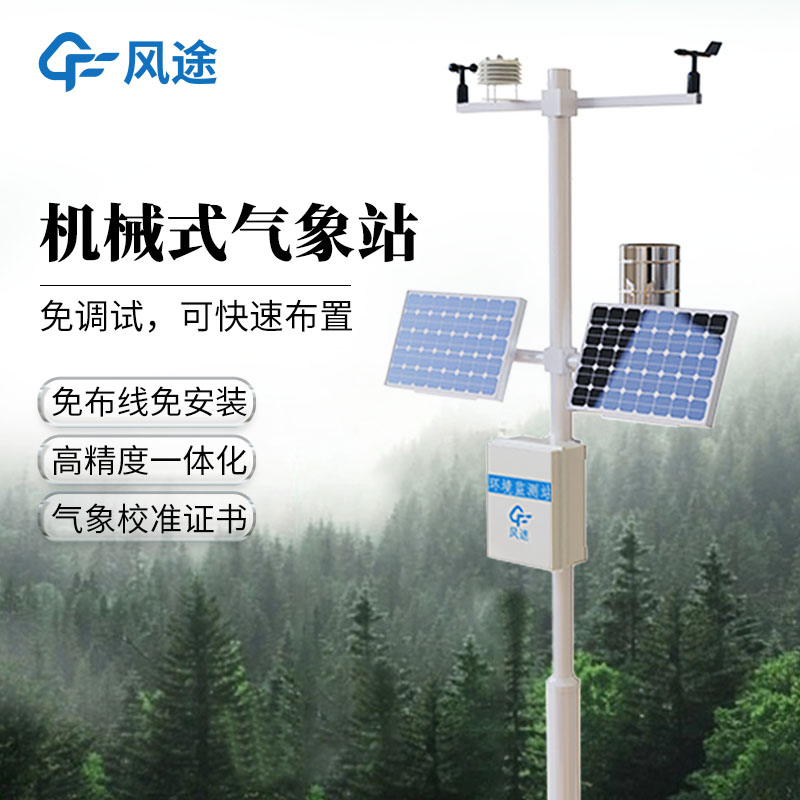The data of Agricultural meteorological stations plays an irreplaceable role in enhancing the economic benefits of agricultural production.
During the sowing and harvesting periods, the temperature and precipitation information it provides determines the timing of crucial farming activities. Take wheat as an example. Sowing when the soil temperature is stably between 12 - 18℃ and with suitable precipitation can ensure the good germination and initial growth of seeds. At harvest time, based on the weather forecast from the meteorological station, choosing sunny and dry days to harvest crops like corn can avoid grain mildew and deterioration and ensure high quality, thus obtaining a favorable price in the market.
The soil moisture and evaporation data monitored by the meteorological station are of great use. When growing vegetables in arid areas, timely irrigation according to the soil moisture data and avoiding excessive water use with reference to precipitation forecasts. Precise irrigation can not only save water and reduce costs but also prevent the roots of vegetables from rotting due to waterlogging and improve yield and quality.
The meteorological station can detect disastrous weather such as heavy rain, strong winds, and frost in advance. Before the heavy rain arrives, farmers can clean the drainage system and reinforce facilities; orchards can take measures to protect fruit trees. In the face of frost, heat preservation measures such as smoking and covering can be taken. Effective prevention can reduce crop damage, lower economic losses, and maintain the stability of agricultural production.
The selection of crop varieties and optimization of layout also rely on the data of meteorological stations. Based on the local long-term temperature and light data, the most suitable crop varieties can be selected. For example, high-sugar fruits can be planted in areas with sufficient sunlight and large temperature differences between day and night. Crops can also be laid out according to regional microclimate differences. Shade-loving and sun-loving crops can be planted in valleys and slopes of mountainous areas respectively to improve land utilization and thus increase the overall economic benefits.
In conclusion, making full use of the data of Agricultural meteorological stations can make agricultural production more scientific and efficient and create more economic value.

Article address:https://www.sqqx.net/en/news/466.html

 +86 15898932201
+86 15898932201



